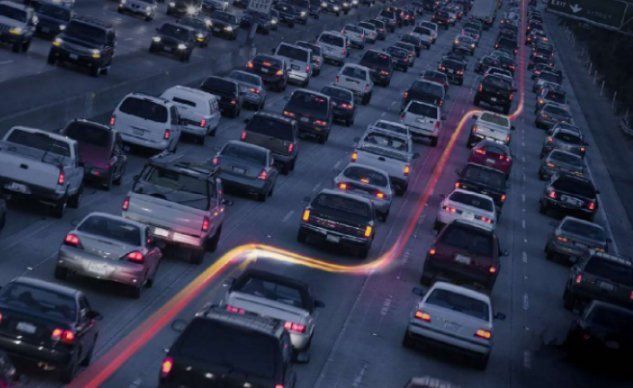
Lane splitting is a term used to describe the action of riding a motorcycle between two lanes of stopped or slow-moving traffic. It is also called White lining, filtering, or lane sharing. Some countries refer to it as traffic light overtaking or straddling lanes.
Lane splitting is controversial because it can be dangerous if not done correctly, but many riders believe that it is safer than riding in stop-and-go traffic. The act of lane splitting itself is not illegal in most countries, but the laws regarding it are often unclear. This lack of clarity can make it difficult for riders to know if they are breaking the law when they lane split.
Is It Legal In the United States?
Lane splitting is currently legal in California, but the laws regarding it are always subject to change. Many may ask is it legal to lane split in New York. the answer is a resounding no. It is also illegal in another 48 states.
Why Use Lane Splitting
There are several reasons why riders might choose to lane split. In stop-and-go traffic, it can be faster than waiting in line. It can also be less fatiguing for the rider, who doesn’t have to maintain a constant speed and can take advantage of gaps in traffic.
In some cases, it might even be the safest option; if a car rear-ends another car, the motorcycle rider who is lane splitting might be able to avoid the collision altogether.
Lane splitting can also be useful for riders who are trying to get out of a traffic jam. If all the cars are stopped and the rider can split lanes, they may be able to get to the front of the line and avoid sitting in traffic.
Why Not Use Lane Splitting
While lane splitting can have some benefits, it also has some risks. The most obvious risk is a collision; if a car driver doesn’t see the motorcycle rider, they could easily hit them. This risk increases in low-visibility conditions, such as at night or in bad weather.
Another risk is that of getting ticketed or pulled over by police. In many jurisdictions, the law is unclear on lane splitting. Unfortunately, riders could be breaking the law without even knowing it. It could lead to a costly fine or even points on their license.
Finally, some riders simply prefer not to split lanes because they find it stressful or uncomfortable. If a rider doesn’t feel confident in their ability to split lanes safely, they might choose to avoid it altogether.
In conclusion, lane splitting is not legal in the majority of the United States but is legal in the state of California. Lane splitting can have some benefits, such as being faster than waiting in line or less fatiguing for the rider, but it also has some risks. Riders who choose to split lanes should be aware of the risks and take them into account before deciding to do so.
